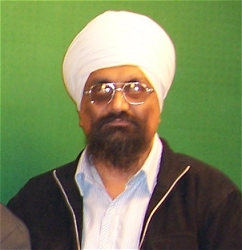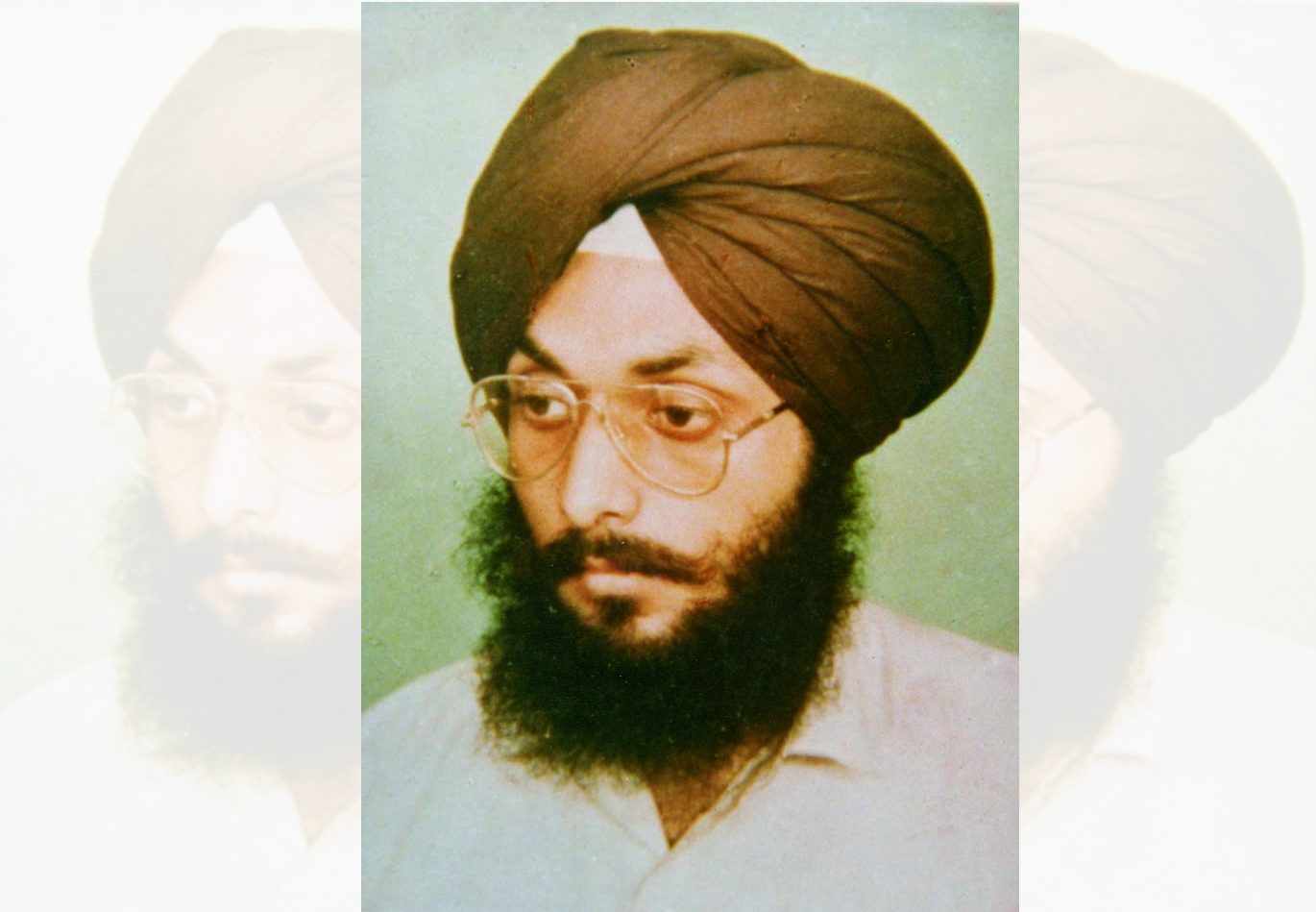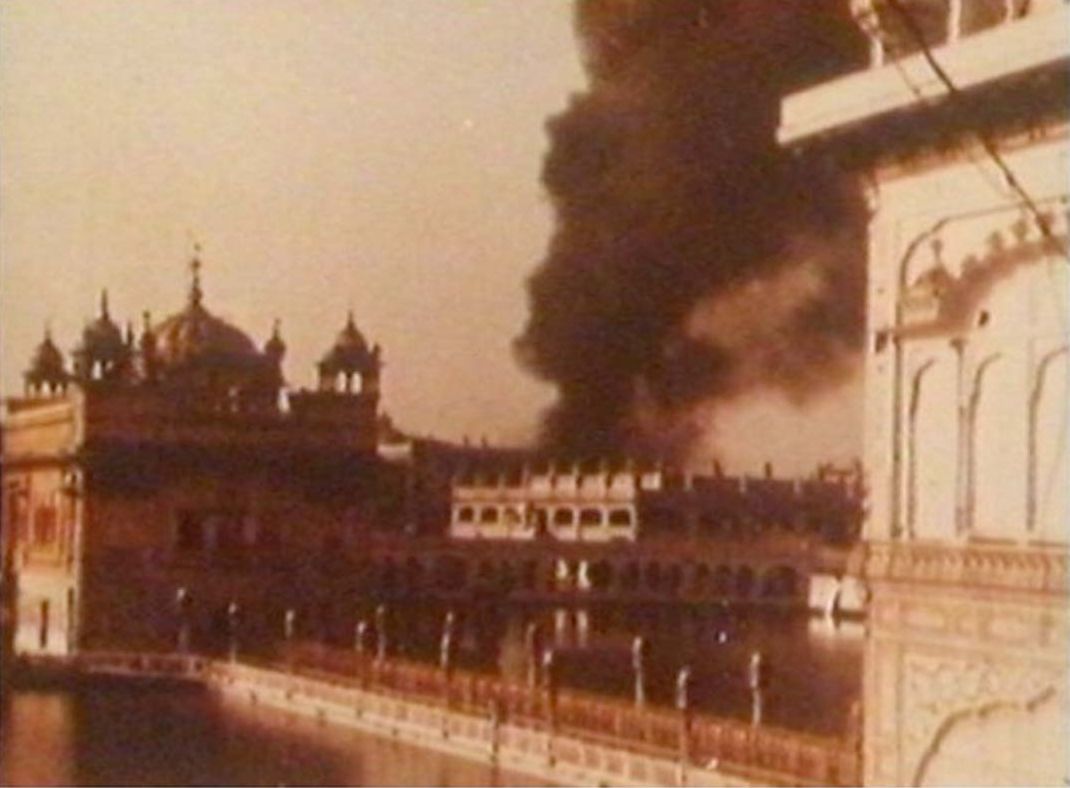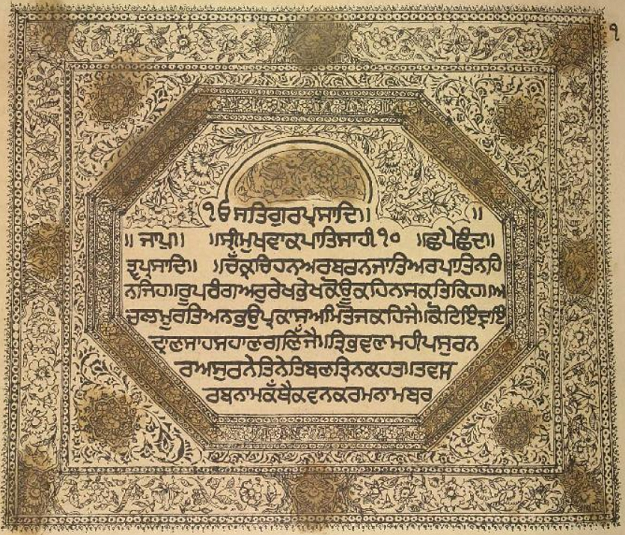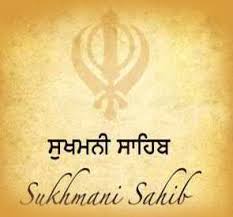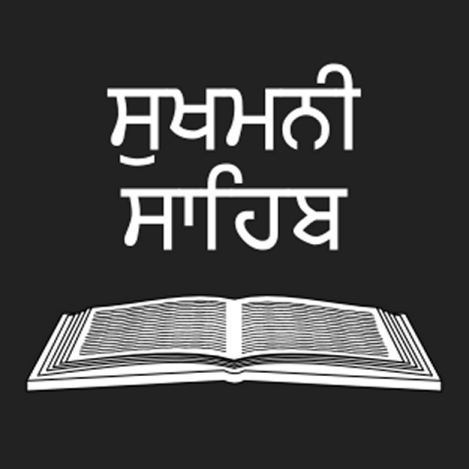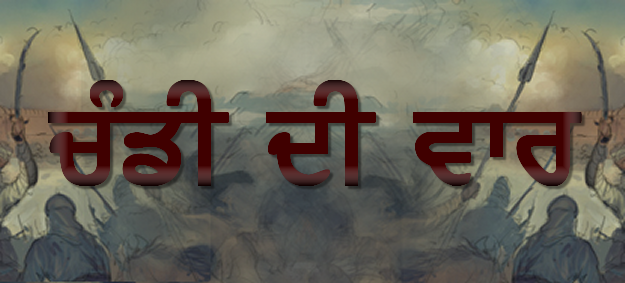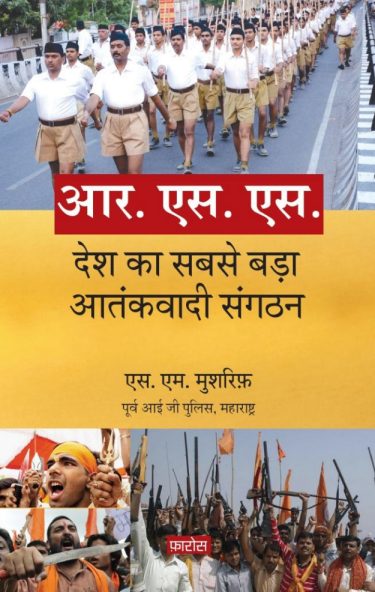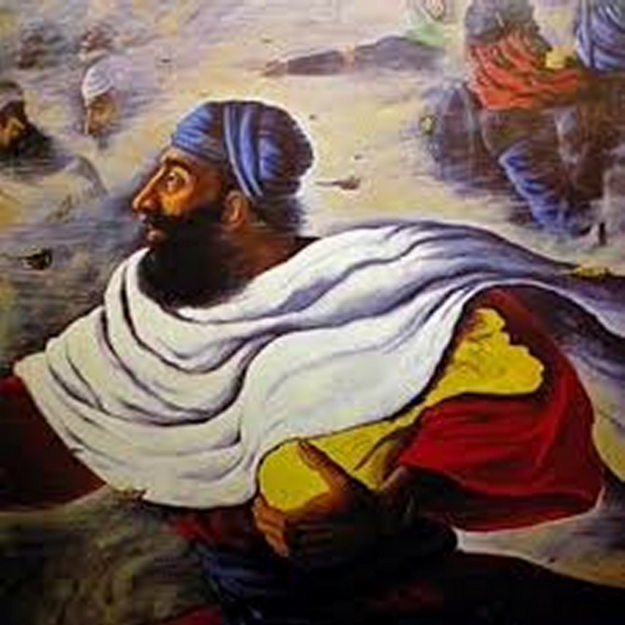
Gurmukhi is the name of the script used in writing primarily Punjabi and, secondarily, in the Sindhi language. The word gurmukhi seems to have gained currency from the use of these letters to record the sayings coming from the mukh (lit. mouth or lips) of the (Sikh) Gurus.
The word Gurmukhi is the compound form of Guru and Mukh. However the word Gurmukhi has been correctly used and understood for the 'holy utterances' from the Guru Granth Sahib. The letters no doubt existed before the time of Guru Angad Dev Ji (even of Guru Nanak) as they had their origin in the Brahmi, but the origin of the script is attributed to Guru Angad Dev Ji . He not only modified and rearranged certain letters but also shaped them into a script. He gave new shape and new order to the alphabet and made it precise and accurate. He fixed one letter for each of the Punjabi phonemes; use of vowel-symbols was made obligatory, the letters meant for conjuncts were not adopted and only those letters were retained which depicted sounds of the then spoken language. There was some rearrangement of the letters also such as sassa and hahaa were shifted to the first line and oorha was given the first place in the new alphabet.
It is commonly accepted that Gurmukhi is a member of the Brahmi family. Brahmi is an Aryan script which was developed by the Aryans and adapted to local needs. According to an opinion, the Brahmi script was introduced between the 8th and the 6th. Century BC. It does not concern us here whether the script was foreign or local, but it has now been established, on the basis of internal evidence, that whatever be its name, the Aryans did have a system of writing which must have been borrowed freely from local scripts.
The Iranians ruled in the Punjab in the 3rd and 4th centuries BC. They brought with them Aramaic script, which helped in the growth of Kharosthi largely used in the Punjab, Gandhar and Sindh between 300 BC and 3rd century AD. But even then Brahmi, which in its development in the Punjab had undergone several changes, was commonly used along with Kharosthi. There are coins of the Bactrian kings and inscriptions of the Kushan rulers having both scripts on them. Brahmi was, of course, more popular on account of its simple curves alternated with straight strokes. Hence, in due course, it replaced Kharosthi and became the single script with composite features brought about by various local and neighbourly influences. With the growth of literary and cultural activity during the Gupta period (4th and 5th century AD), the Brahmi script improved further and became more expansive and common.
Immediately later, it developed, especially in northern India, fine curves and embellished flourishes with a small headline over each letter, and became rather ornamental. This stage of Indian script was called Kutil, meaning curved. From Kutil evolved the Siddhamatrika which had the widest use in northern India. Some scholars think that these two scripts existed simultaneously. From the sixth century to the ninth, Siddhamatrika had a very wide use from Kashmir to Varanasi. With the rise of regional languages taking the place of Sanskrit and Prakrit, regional scripts grew in number. Ardhanagari (west), Sharda (Kashmir) and Nagari (beyond Delhi) came into use, and later both Sharda and Devanagari, an offshort of Nagari, started their inroads into the land of the five rivers. This is evident from the coins of the Ghaznavids and Goris minted at Lahore and Delhi. It is also known that the common (non-Brahman and non-official) people used a number of scripts for their temporal and commercial requirements. Of these Lande and Takre characters were most prevalent.
It is on account of these currents that scholars have tried to establish relationships of Gurmukhi with Devanagri (G.H. Ojha), Ardhanagan (C.B. Singh), Siddhamatrika (Pritam Singh), Sharda Diringer) and Brahmi (generally) . Some ascribe it to Lande and some others to Takn, a branch of Sharda used in Chamba and Kaligra. The fact is that it is derived from or at least allied to all these and others mentioned above in their historical perspective. Regionally and contemporarily compared, Gurmukhi characters have direct similarities with Gujrati, Lande, Nagan, Sharda and Takn: they are either exactly the same or essentially alike. Internally, aara, haha, chacha, naana, dadda, nanna, naa, lalla letters of Gurmukhi had undergone some minor orthographical changes before AD 1610.
Further changes came in the forms of aaraa, haaha, and lalla in the first half of the nineteenth century. The manuscripts belonging to the eighteenth century have slightly different forms of these letters. But the modern as well as old forms of these letters are found in the orthography of the same writers in seventeenth and eighteenth centuries. Another reform carried out is the separation of lexical units of the sentence which previously formed one jumbled unit; lately punctuation marks borrowed from English have been incorporated besides the full stop (|) which existed traditionally.
The Gurmukhi script is semi-syllabic in the sense that 'a' is included in the consonant signs in some situations. This 'a' is not pronounced at the end of the syllable. Thus, kl (in Panjabi) is kal, and RAM in Panjabi is Ram, that is, k in (kal) represents k+a, while l represents only l. Other vowels after consonants are shown by vowel symbols which also happen to be the first three letters of the Gurmukhi alphabet of these, the first and the third are not used independently. They always have a diacritic attached to them. The second letter is used without diacritics also, and in that case it is equivalent to 'a' as in English 'about'. With diacritics a total of ten vowels are formed, viz., u, u, o, a, a, ai, au, i, l and e. Of these vocalic diacritics, 'i' occurs before a consonant (although pronounced after it), u and u are written below; a and l after a consonant; and e, ai, o and au over a consonant. Similarly, the nasalization sign is also used over a consonant though in fact it nasalizes the vowel. Of all the vowel-marks, called lagari in Punjabi, a is the oldest, though initially just a dot was used for it. The vowel-marks l and u are found in Asokan edicts and later inscriptions.
All Gurmukhi letters have uniform height and can be written between two parallel horizontal lines, with the only exception of e (the first letter of the alphabet) the top curve of which extends beyond the upper line. From left to right, too, they have almost uniform length, only of (aira) and us (ghaggha) may be slightly longer than the rest. However, the placing of vowel-symbols under and over the letters, a characteristic of all Indian scripts, creates some problems in printing and typing. No change is effected in the form of the letter when a vowel-symbol or diacritic is attached to it, the only exception being e to which an additional curve is added which represents two syllables. This is the only example of a single graphic form representing multiple sounds (and this form has a theological background); otherwise there is no Gurmukhi letter representing more than one phoneme, and there are no digraphs.
Professor O.P Kahol in The Tribune June 3, 1966 quotes:
'The fact of the matter is that Gurmukhi characters have been evolved from original Brahmi in the same way as modern Devnagri or Bengali. Fortunately, we have with us the shapes of the various letters of our alphabet, at different times in our history, preserved in rock inscriptions, copper plates and coins.
The writings in the Baij Nath Temple in Kangra reveal that the letters prevalent in North West India near about the 9th Century AD were more akin to Gurmukhi than to Devanagri.'
E.P.Newton on Page 1 and 2, in Punjabi Grammar in 1896 mentioned that 'the language which is spoken with some variation through out Punjab, and hence called Punjabi, is usually written in what is known as Gurmukhi character… .. the alphabet consists of 35 letters….whatever hand…may have had in modifying their form, most of them, have slight variation in their structures, come down from a very much more remote antiquity. Of the entire number, no less than twenty one can, though they have undergone some change, be distinctly recognized in the ancient inscriptions, six at least being traceable to the 10th Century, three to the 5th Century and twelve to the 3rd Century BC.'
Gurmukhi has played a significant role in Sikh faith and tradition. It was originally employed for the Sikh scriptures. The script spread widely under Maharaja Ranjit Singh Ji and after him under the Punjab Sikh chiefs, for administrative purposes. It played a great part in consolidating and standardizing the Punjabi language. For centuries it has been the main medium of literacy in the Punjab and its adjoining areas where earliest schools were attached to gurdwaras. Now it is used in all spheres of culture, arts, education and administration. It is the state script of the Punjab and as such its common and secular character has been firmly established.
The alphabet has also crossed the frontiers of its homeland. Sikhs have settled in all parts of the world and Gurmukhi has accompanied them everywhere. It has a brighter future, indeed, in and outside the land of its birth. Till recently, Persian script was largely used for Punjabi and there was initially a considerable amount of writing in this script, but it is becoming dated now. However, in the Pakistan Punjab, Punjabi is still studied, at the postgraduate level, is Persian script now called "Shah Mukhi".
The above article has been referenced from The Encyclopedia of Sikhism by Harbans Singh and The Sikhs and their way of Life (History, Heritage, Principles, Practices)-Chapter 8 by Gurinder Singh Sacha, London.
Material collated and synthesized by Rashvinder Kaur, NN, Malaysia and Daljit Singh, London (Boodar269@aol.com)


